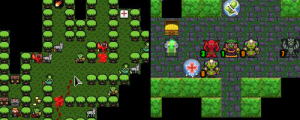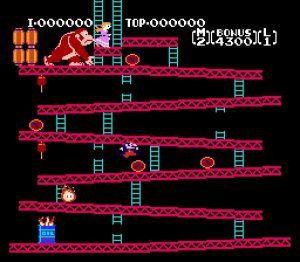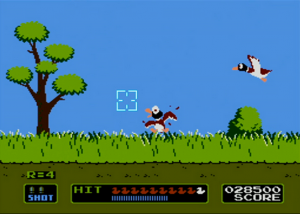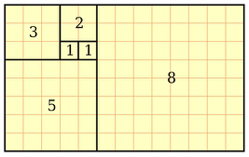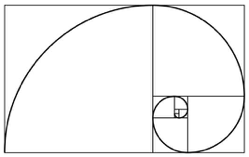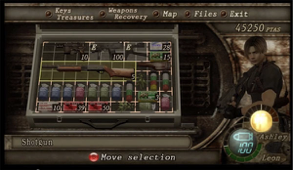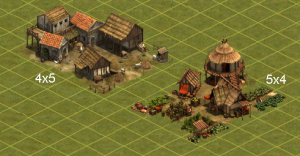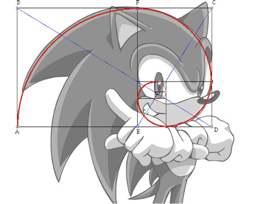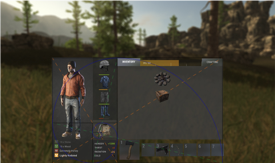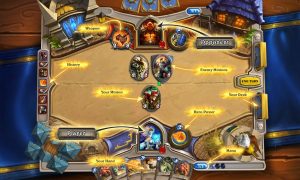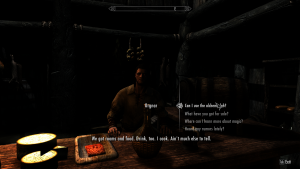A) Why could you say that the “Indie” game scene is not a new thing?
explain and give examples
The “Indie” term defines a person or a small and independent group of people who create art as they want it to be, without being constrained by big companies’ rules (dictionary.com Staff). The word was first used in 1920 with reference to film production (Google Books). The video game industry has since developed and among the times’ huge developers such as Nintendo or Naughty Dog, there have always been small indie groups that competed with them. I believe that there’s no doubt that the Indie game scene is not a recent or a new thing because there have always been people who didn’t like to obey the rules, people who wanted to express their feelings and themselves without having to explain and to limit their works of art to what a company says and wants. Being an Indie developer means that you can experiment, you can be pretentious, you can be personal, weird without being judged. For instance, Super Meat Boy is an indie game designed by Edmund McMillen and Tommy Refenes. They created a vulnerable but brave enough character who wants to save his girlfriend no matter what (Adams, I.). Also, Jonathan Blow designed Braid as a personal critique of contemporary trends in game development (Dahlen, C). Now, there are lots of successful indie games that managed to break the internet despite the fact that they were often built on a low budget: Cave Story, Stardew Valley, Spelunk, Inside and many more.
Super Meat Boy
Braid
Therefore, you can say that the indie game scene is quite a common thing, rather than a new one. Even with obstacles such as a low budget or game publishers’ competition, I think that indie game developers managed to successfully express themselves through their games along the years.
B) Has the term indie become meaningless?
Even though indie game developers face rough times nowadays (Bhargava, V.), I believe that they do remain the ones who provide the most fun and entertaining game experience. Regardless the nature of the obstacles that these indie game developers have to overcome: the already mentioned low budget, no resources (it just isn’t the same thing when big companies involve motion-capture technology and 160 actors e.g. Beyond: Two Souls and then indie game designers film themselves falling down the stairs), not protected work (Rodain Joubert, the developer of Desktop Dungeons discovered a clone of his game, called League of Epic Heroes), publicity, etc, I think that these game developers still manage to compete against the world’s most wealthy game companies, being on the same market. These indie developed games offer a more personal and artistic experience to the gamers. Hence, I do not believe that the term indie became meaningless. I think that as long as indie game developers exist, and they do exist, because there is no way all people are fine with the commercial pressures or interference, the term won’t become meaningless. I believe that as long as there are people who are willing to try to overcome some obstacles, who know that they should make games because that’s what they want, not because it’s their job, indie games will long live.
Beyond: Two Souls motion-capture technology
https://www.youtube.com/watch?v=_QZN2IC0vOo
Desktop Dungeons vs. League of Epic Heroes
References:
- Adams, I.: Interview: Super Meat Boy’s Silly Take on Classic Platformers, available at: https://www.gamasutra.com/view/news/30885/Interview_Super_Meat_Boys_Silly_Take_On_Classic_Platformers.php
- Dahlen, C.: Game Designer Jonathan Blow: What We All Missed About Braid, available at: https://games.avclub.com/game-designer-jonathan-blow-what-we-all-missed-about-b-1798214678
- Bhargava, V.: The Challenges Faced by An Indie Game Developer And How To Overcome Them, available at: https://blog.getsocial.im/the-challenges-faced-by-an-indie-game-developer-and-how-to-overcome-them/
External Links:
http://www.pocketgamer.biz/stateside/61563/the-indie-dream-is-dead/
https://www.gamasutra.com/blogs/AdrianRusu/20170404/294995/Indie_Games_Scene__2017_Overview.php
http://www.techradar.com/news/gaming/10-best-indie-games-top-indie-games-on-pc-and-consoles-1300583




